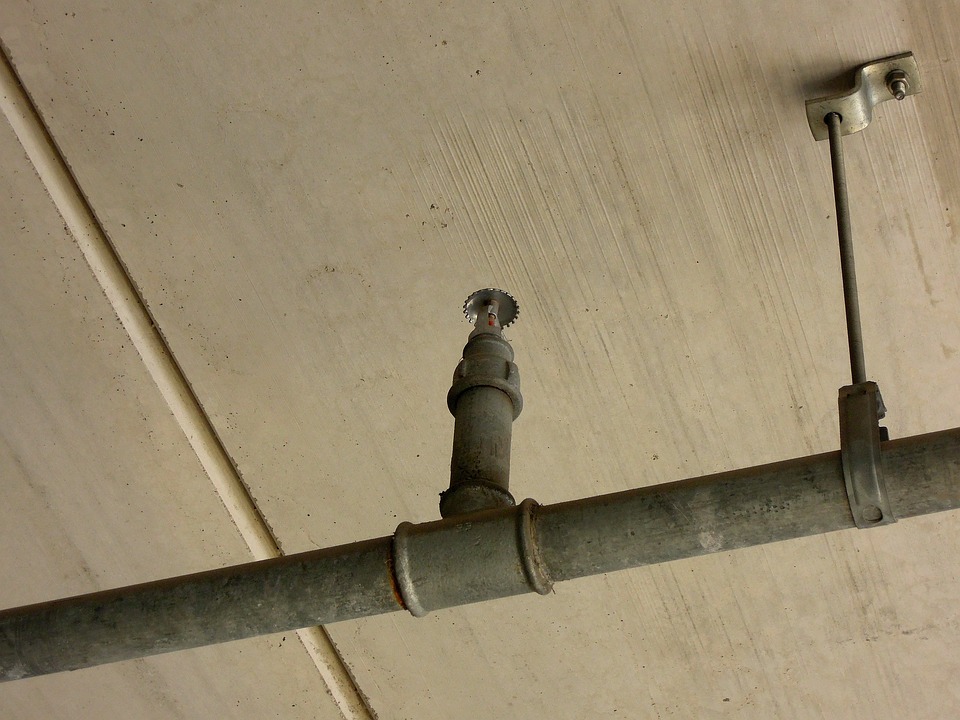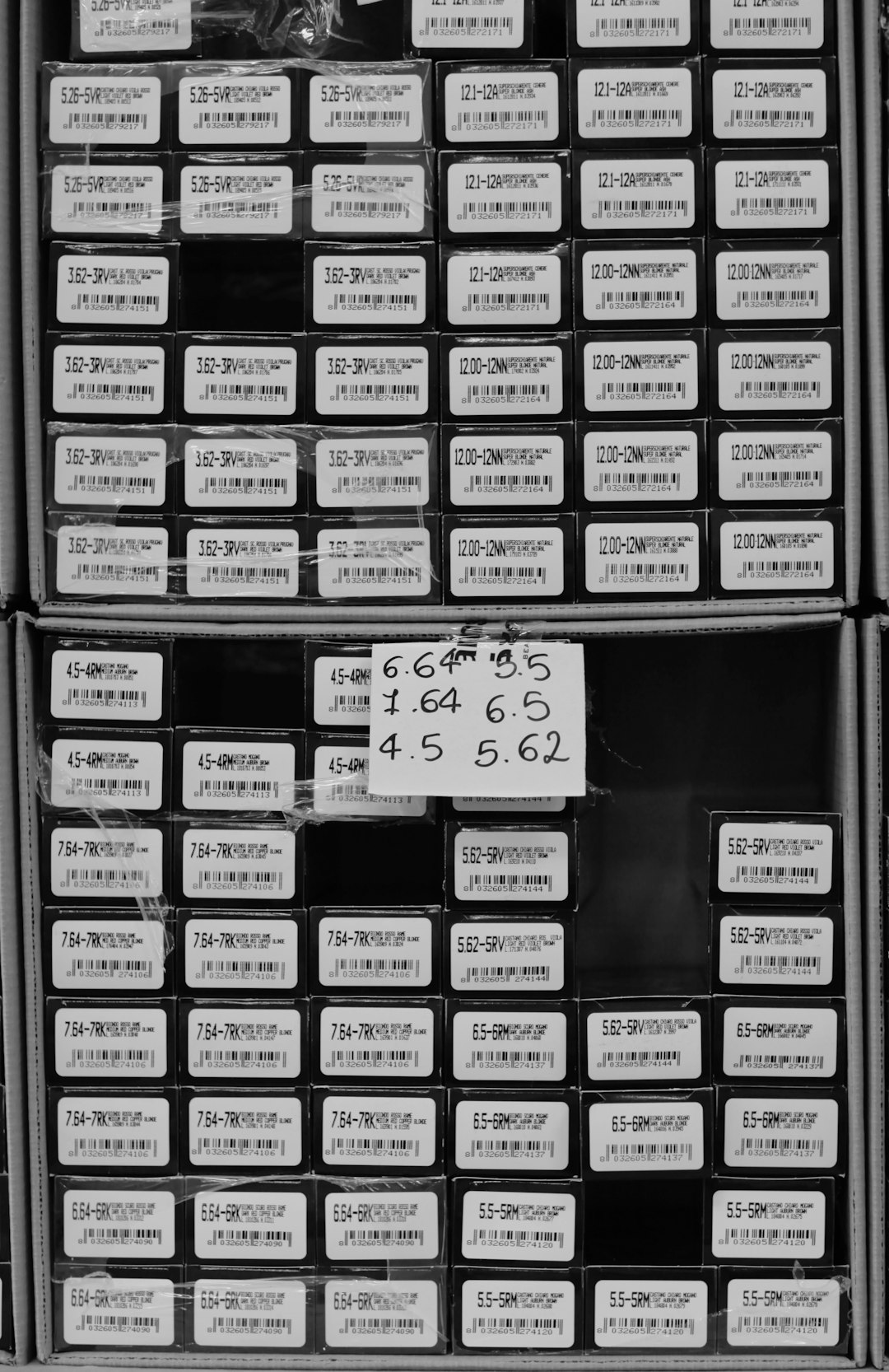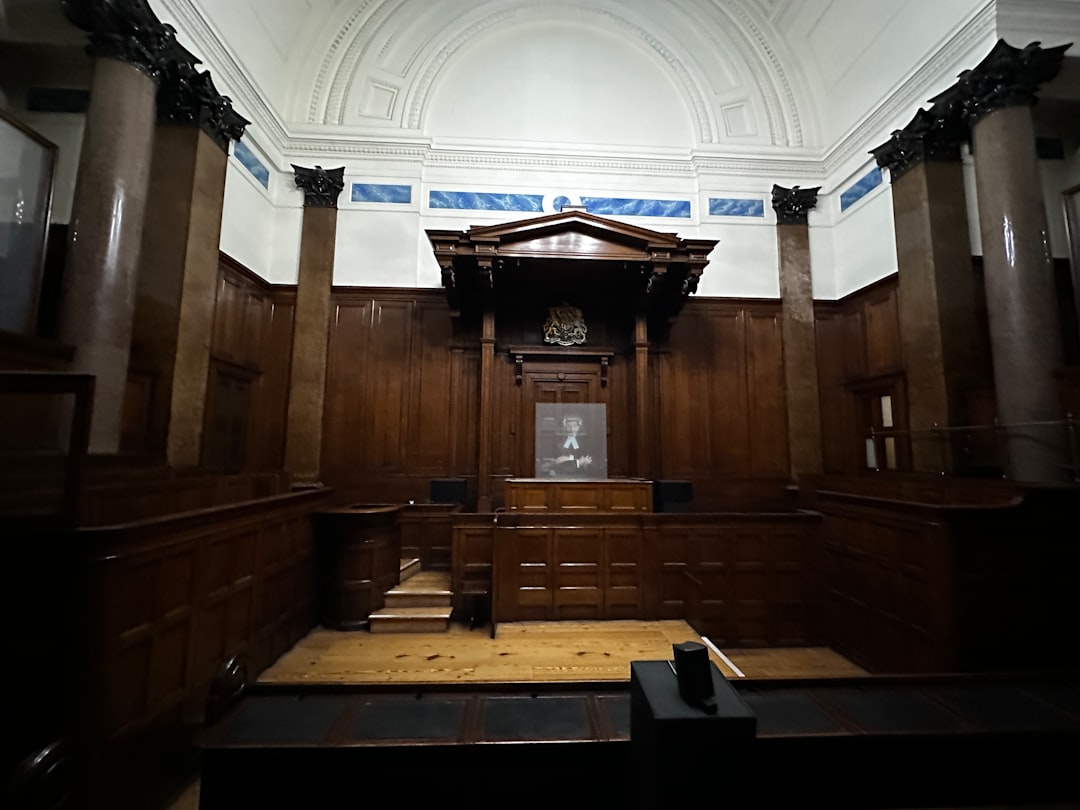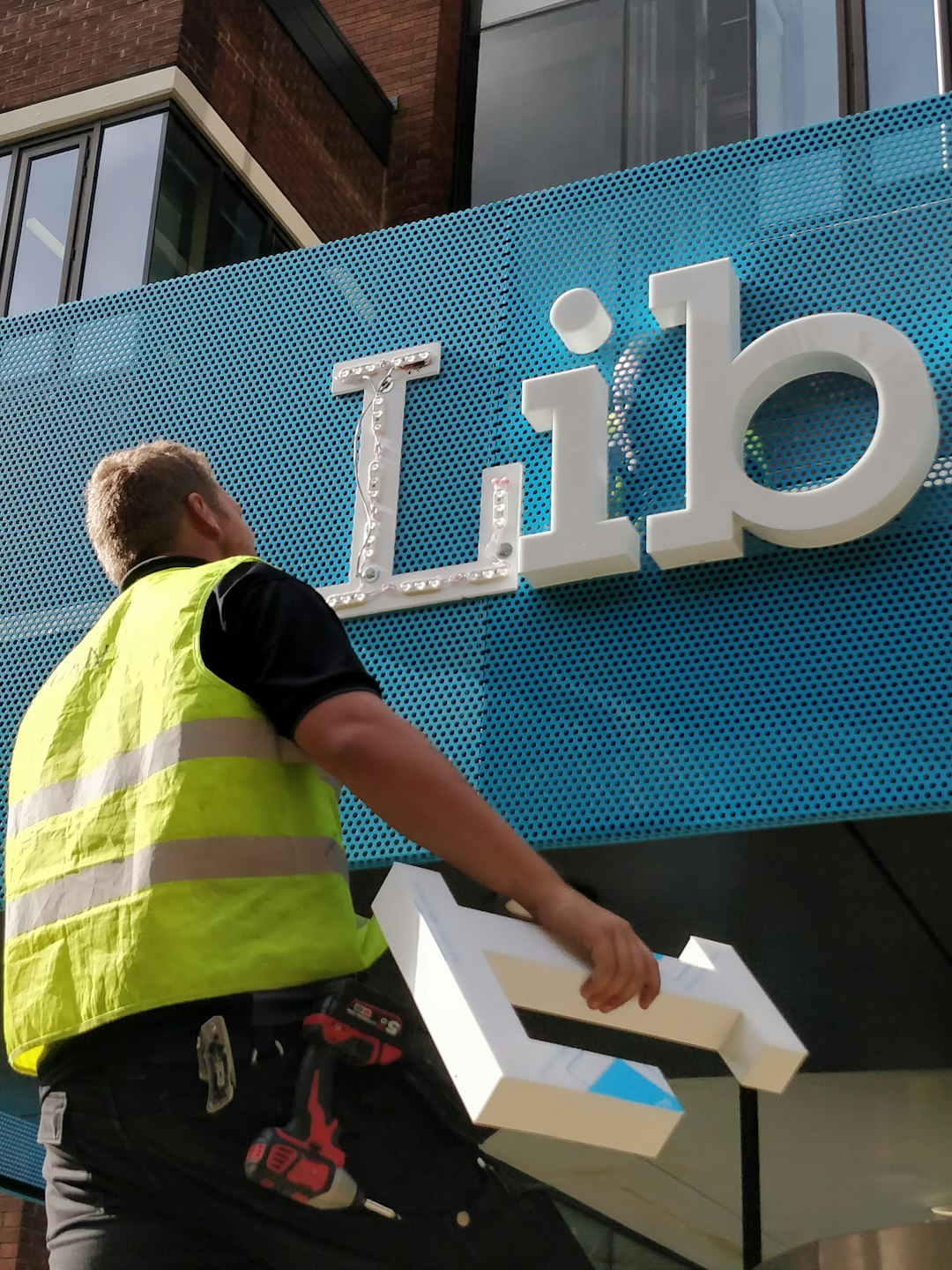Fire protection systems are an investment in the long-term health of any business. Businesses invest a lot of money into manufacturing equipment, information technology hardware, and infrastructure, and the consequences of a fire can be catastrophic. For example, a fire in a machine shop could destroy millions of dollars worth of equipment. It could also result in the loss of valuable contracts.
Standpipes
Standpipes are firefighting devices that deliver water to a building’s hardest-to-reach areas. They eliminate the need to connect hundreds of feet of hose. They also don’t limit the flow of water in one direction. These firefighting devices are commonly used in commercial and industrial buildings, shopping malls, and bridges.
Standpipes are required in buildings by the International Building Code. The code states that buildings over three stories must have a Class III standpipe system. These fire hoses are a vital part of fire protection systems but can be difficult to install. Firefighters may not know which inlet to attach to. In that case, the local fire chief may have to alter the fire ground operations training or standard operating procedure to better explain the fire protection system.
Dry pipe sprinklers
The dry pipe fire suppression system is the best choice for buildings that are unheated. This type of fire protection system is slightly more complex to install, design, and build than wet pipe sprinkler systems. However, it is the preferred choice for many buildings. It has numerous benefits.
The disadvantages of dry pipe sprinkler systems are their complexity and delay in response time. They are also more expensive and require more labor to install. Furthermore, the system is not as flexible and can suffer from corrosion.
Clean agent fire suppression
Clean agent fire suppression systems are ideal for preventing and suppressing fires. These systems are environmentally friendly and approved by the U.S. Environmental Protection Agency (EPA). Whether you want to protect a small residential home or a large office building, clean agent fire suppression is the way to go.
Clean agent fire suppression uses a mixture of non-toxic chemicals to suppress a fire. This chemical does not damage the surrounding environment or possessions, which is especially useful for buildings with high-tech equipment. Furthermore, clean agent fire suppression systems use low-concentration chemicals that are non-corrosive and do not create residue when they evaporate.
In conclusion, a properly installed fire protection system can help save lives and property in a fire. Homeowners and renters should be sure to inquire about and select the right type of installation for their specific needs and always be aware of the local fire code. Finally, always remember to practice safe fire protection habits, including never leaving a burning object unattended and using common sense when avoiding fires.








